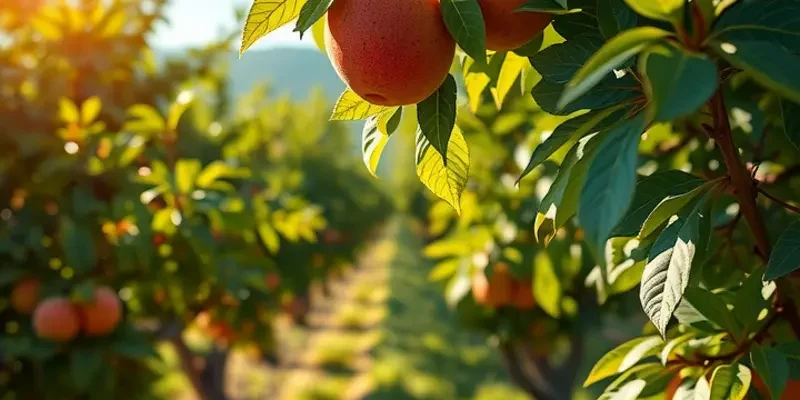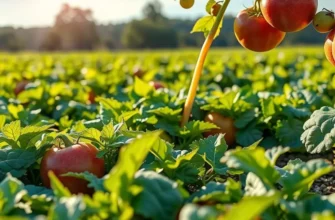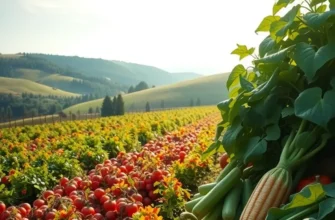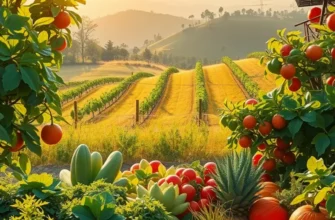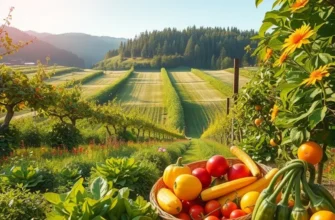Fresh fruits are a delight, but they can spoil quickly, leading to waste and extra costs. Fortunately, with simple and safe storage techniques, you can prolong their freshness and enjoy your favorite fruits without the fear of throwing them away. This guide is packed with actionable strategies that will help you minimize waste and master home food management.
Understanding Fruit Storage Basics
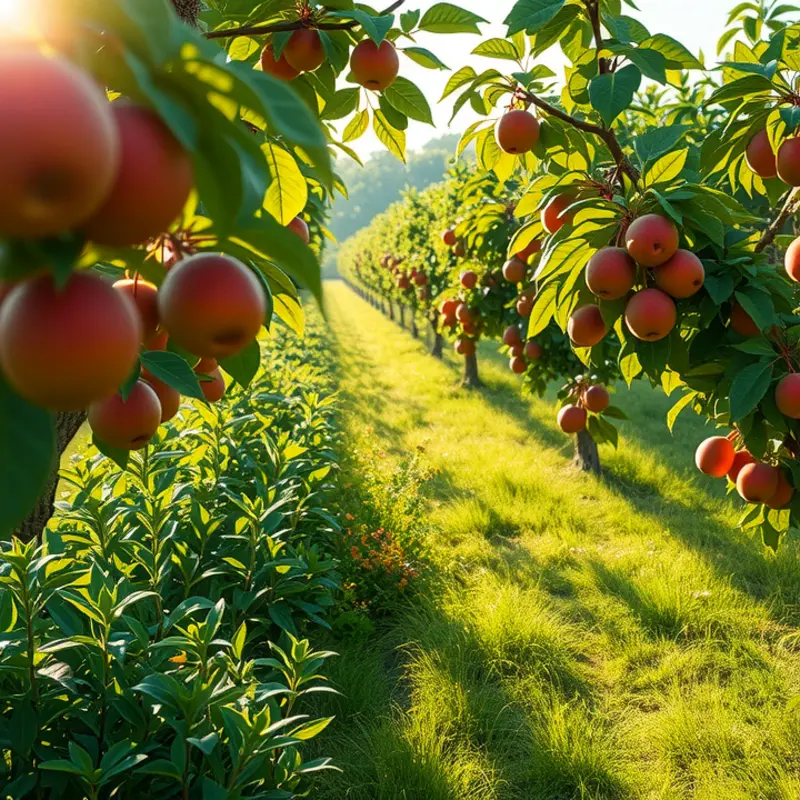
To keep your fruits fresh for longer, understanding basic storage techniques is crucial. Each fruit has unique needs in terms of temperature and humidity.
Temperature and Humidity
Most fruits thrive at temperatures just above freezing, between 32°F to 40°F (0°C to 4°C). These conditions help slow down the ripening process without damaging the fruit. However, tropical fruits like bananas or pineapples prefer warmer temperatures, as cold conditions can lead to chilling injuries. Humidity also plays a vital role in fruit storage. Generally, higher humidity prevents fruits from drying out. Yet, overdoing it can encourage mold growth, so aim for moderate humidity levels of around 85-95%.
Handling Practices
The way you handle fruits can significantly affect their lifespan. Always handle fruits gently to avoid bruising, which can hasten spoilage. Moreover, store fruits away from ethylene-producing fruits like apples, as ethylene gas accelerates ripening. A practical tip is to keep ethylene-sensitive fruits in ventilated containers.
Seasonal Considerations
Seasonality affects fruit storage, too. During warmer months, fruits can spoil faster, requiring cooler storage. In contrast, during colder months, many fruits are naturally preserved better due to ambient cooler temperatures. Adjust storage strategies to align with seasonal variations. For a more eco-friendly approach, sustainable kitchen practices can be explored further here.
General Practices
Some fruits benefit from being washed before storage, while others do not. For example, berries should only be washed right before consumption to prevent mold growth. Comparatively, fruits like grapes are ideally washed before refrigerating to remove pesticides or harmful residues. Remember to allow some fruits, like avocados, to mature at room temperature before refrigerating them once they ripen.
Applying appropriate storage methods ensures fruits remain appealing and nutritious for as long as possible. Recognizing their distinct storage needs also supports their inherent flavor and texture, enhancing the overall dining experience.
Storing Techniques to Prolong Freshness
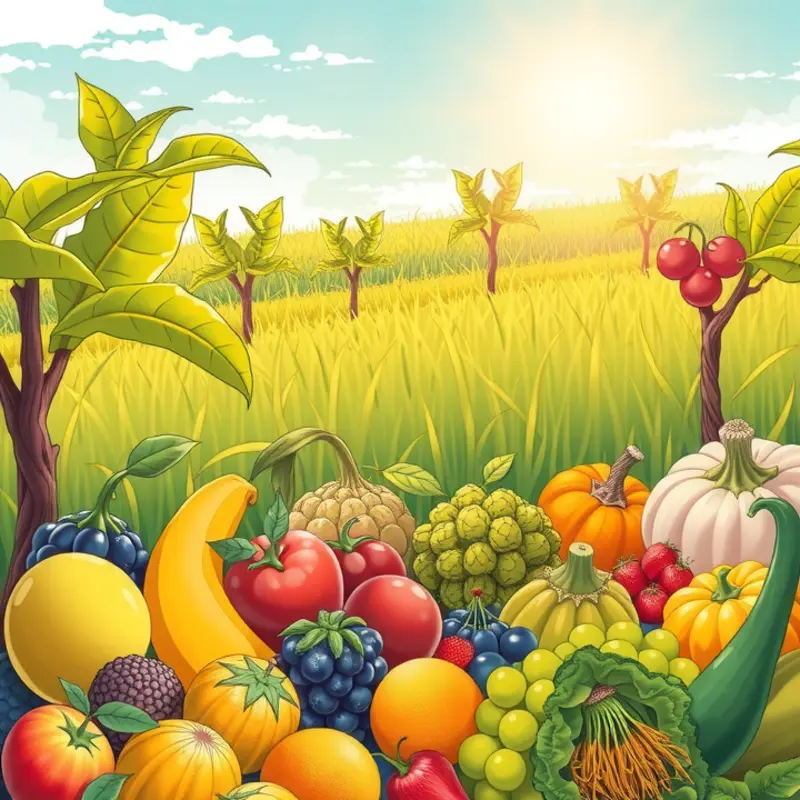
Understanding how to store fruits correctly can make a significant difference in their shelf life. Different fruits have distinct storage needs based on their sensitivity to temperature and ethylene gas.
Room Temperature vs. Refrigeration
Many fruits thrive at room temperature. Apples, for instance, can last longer outside the fridge if not consumed within a week. However, be cautious with fruits like bananas and tomatoes; they can lose flavor and develop an undesirable texture in cooler conditions. In contrast, fruits like berries, grapes, and citrus fruits benefit from refrigeration, which retards microbial growth and prolongs freshness.
The Role of Ethylene Gas
Ethylene gas is a natural plant hormone that influences the ripening of fruits. Some fruits, such as apples, bananas, and avocados, produce high levels of ethylene gas and can accelerate ripening when stored together. To prevent premature spoilage, store ethylene-sensitive fruits like strawberries, cherries, and kiwis away from ethylene-producing ones. This practice can effectively increase their lifespan by preserving their firmness and color.
Packaging Tips for Maximum Freshness
The way fruits are packaged also impacts their longevity. Store grapes in a breathable bag or container to keep them firm. For berries, consider single-layer storage on a paper towel to reduce moisture and prevent mold growth. Ethylene-permeable bags work well for bananas, providing just enough insulation to curb ripening. Perforated plastic bags or vented produce containers are optimal for holding greens under crisp conditions, allowing them to breathe without wilting.
Dealing with Damaged or Overripe Fruits
Even with careful storage, fruits can become damaged or overripe. Instead of discarding them, look for ways to use them efficiently. Overripe bananas can be frozen for smoothies or baking. Blemished berries can be cooked into jams or blended into sauces, minimizing waste. Repurposing damaged produce not only reduces food loss but also encourages creativity in the kitchen.
For further insights into minimizing food wastage through strategic storage, consider checking out this guide on low-waste cooking and prep, which offers practical tips on optimizing your kitchen habits.
Final words
Keeping fruits fresh longer is a practical endeavor that benefits both your taste buds and your budget. By understanding the basics of fruit storage and applying effective techniques, you can enjoy delicious and nutritious fruits daily while reducing waste significantly. From temperature control to proper handling, these methods are user-friendly and easy to incorporate into your food management practices. Remember to regularly check your produce for any signs of ripening or spoilage and adjust your storage methods accordingly. A little effort can go a long way in enjoying your fruits at their best.

